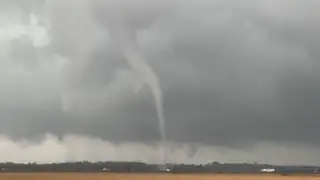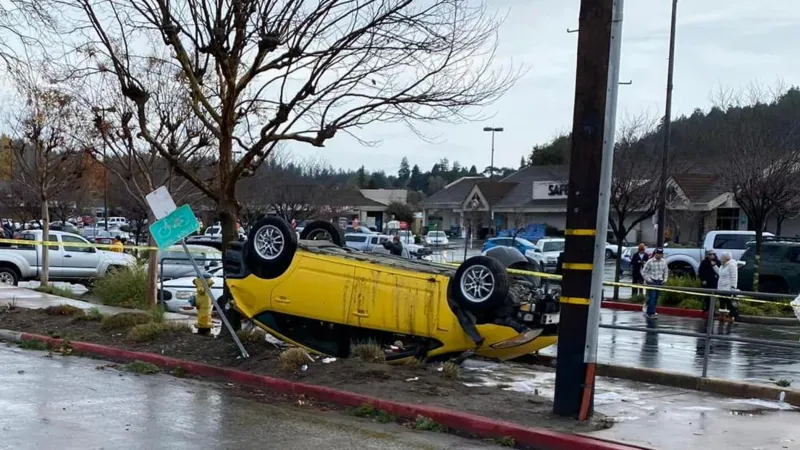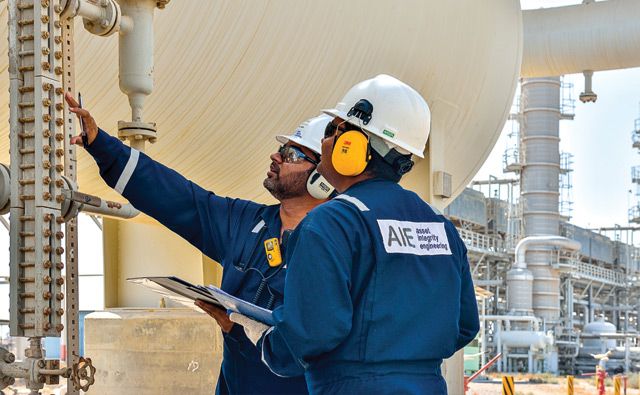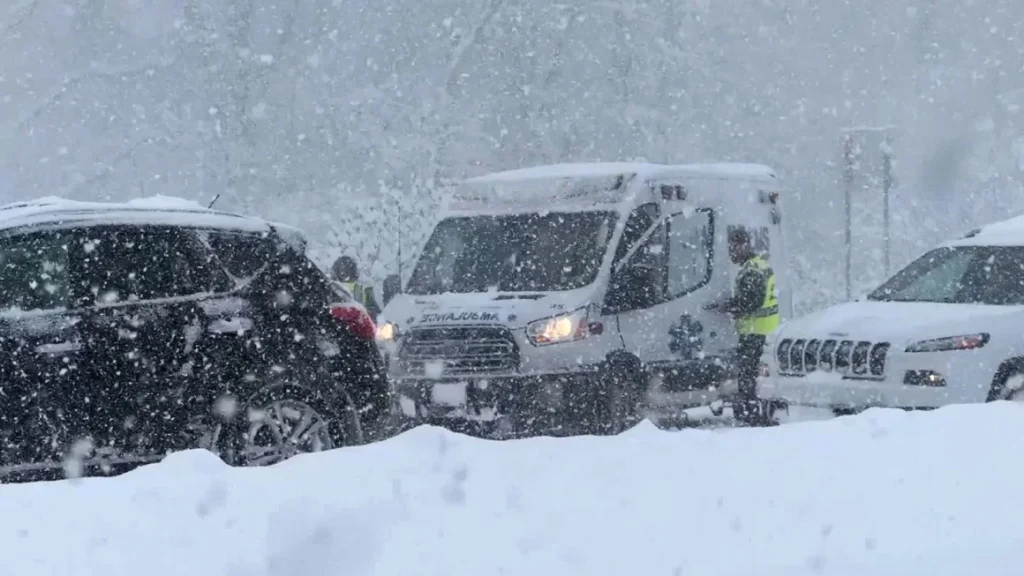Storms, Tornadoes Cause Damage In Texas And Louisiana

Severe storms and tornadoes recently wreaked havoc across parts of Texas and Louisiana, leaving behind significant damage and prompting emergency response teams to act quickly. The destructive weather events, which occurred in late December, have left residents in affected areas grappling with the aftermath, while local and state authorities mobilized to assist with recovery efforts.
Severe Weather Unleashes Devastation
The storms and tornadoes hit Texas and Louisiana with little warning, catching many off guard. Powerful tornadoes tore through parts of Texas, while heavy rain, wind gusts, and hail pummeled Louisiana. The National Weather Service (NWS) issued numerous warnings in the days leading up to the storms, but the sheer intensity of the weather still caused widespread damage in both states.
In Texas, several communities were struck by tornadoes, some of which were classified as “strong” or “violent” based on their intensity and destruction. The worst-hit areas saw homes, businesses, and power lines ripped apart as tornadoes moved quickly across the landscape. Cities like Dallas, Fort Worth, and nearby rural areas were among the most affected, with significant damage to infrastructure and personal property.
In Louisiana, the storms caused widespread flooding due to the heavy rainfall, with streets submerged and areas of the state experiencing some of the worst conditions in recent years. Baton Rouge and New Orleans saw significant flooding, with emergency services working tirelessly to rescue stranded residents. The tornadoes that accompanied the storms also caused extensive damage in parts of Louisiana, with several buildings destroyed and trees uprooted.
Impact on Residents and Infrastructure
The damage caused by the storms has had a profound impact on the lives of thousands of residents in Texas and Louisiana. Homes were either severely damaged or destroyed, leaving many people displaced. In some instances, families found themselves without shelter, struggling to find safe accommodations in the aftermath of the storms. Several schools and public buildings also sustained damage, further disrupting daily life in these areas.
Power outages were widespread as tornadoes knocked down power lines and electrical poles. Tens of thousands of people were left without electricity for hours or even days, adding to the already difficult circumstances. In addition to the immediate impacts, the destruction has led to significant financial losses, as homes, businesses, and vehicles were damaged or destroyed. The cleanup and rebuilding efforts are expected to take months, with local governments and residents working together to restore the affected areas.
Emergency Response and Recovery Efforts
In response to the devastation, emergency services were quickly deployed to assist in rescue and relief operations. Local authorities, along with the Texas and Louisiana National Guard, were mobilized to help with search and rescue operations, especially in flooded areas. Teams used boats, helicopters, and ground vehicles to reach people trapped by rising waters or debris.
The American Red Cross and other relief organizations also stepped in to provide aid, setting up shelters for displaced residents and distributing food, water, and medical supplies. Volunteers worked alongside first responders to ensure that those affected by the storms had access to necessities. Community centers and churches opened their doors to provide shelter, further highlighting the resilience of the local populations.
In addition to the immediate response efforts, local governments began assessing the damage in order to secure funding for recovery. Both Texas and Louisiana governors have issued statements expressing their commitment to rebuilding the affected areas and supporting residents in their time of need. Federal assistance is expected to be requested, as the severity of the storms and the extent of the damage makes it a priority for federal agencies to step in.
The Growing Threat of Extreme Weather Events
The devastation caused by these recent storms highlights the growing threat posed by extreme weather events, which are becoming more frequent and intense due to climate change. While tornadoes and storms are not unusual in Texas and Louisiana, the severity of these recent events underscores the need for better preparedness and more robust infrastructure to withstand such disasters. As climate change continues to influence weather patterns, it is expected that both the frequency and intensity of severe weather events will increase, making it imperative for both state and local governments to invest in resilience measures.
In response to these challenges, Texas and Louisiana are looking into strengthening their disaster response protocols, including early warning systems and evacuation plans. Additionally, there is a push for better flood management systems and the fortification of critical infrastructure to mitigate the impact of future storms. For residents in the affected areas, rebuilding efforts will not only focus on repairing physical damage but also on enhancing preparedness for future extreme weather events.
The recent storms and tornadoes that struck Texas and Louisiana have left a lasting impact on the affected communities. While the immediate response has been swift, the road to recovery will be long and challenging. With widespread damage to homes, businesses, and infrastructure, residents will need ongoing support as they rebuild their lives. The storm serves as a reminder of the increasing threat posed by extreme weather events, urging both state and federal governments to invest in long-term solutions to mitigate the damage caused by future disasters. As recovery efforts continue, the resilience of local communities will be crucial in overcoming the challenges posed by these powerful storms.






